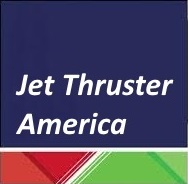Maintenance
With proper use and routine vessel bottom cleaning, Jet Thruster is virtually maintenance free. Excessive under voltage usage will shorten the life of the pump motor, but for users who monitor battery voltage, motor brushes and windings typically last the life of the system. As with any marine equipment, corrosion from salt air and high humidity or wet compartments will damage pump motors, directional 3-way valves, and control hardware.
Proper bilge maintenance and cleanliness, along with use of spray sealants/lubricants, will extend the life of these components. Periods of long disuse should be avoided, and all isolation valves should be periodically closed and opened. Refer to the installation and owners manual for more details.










